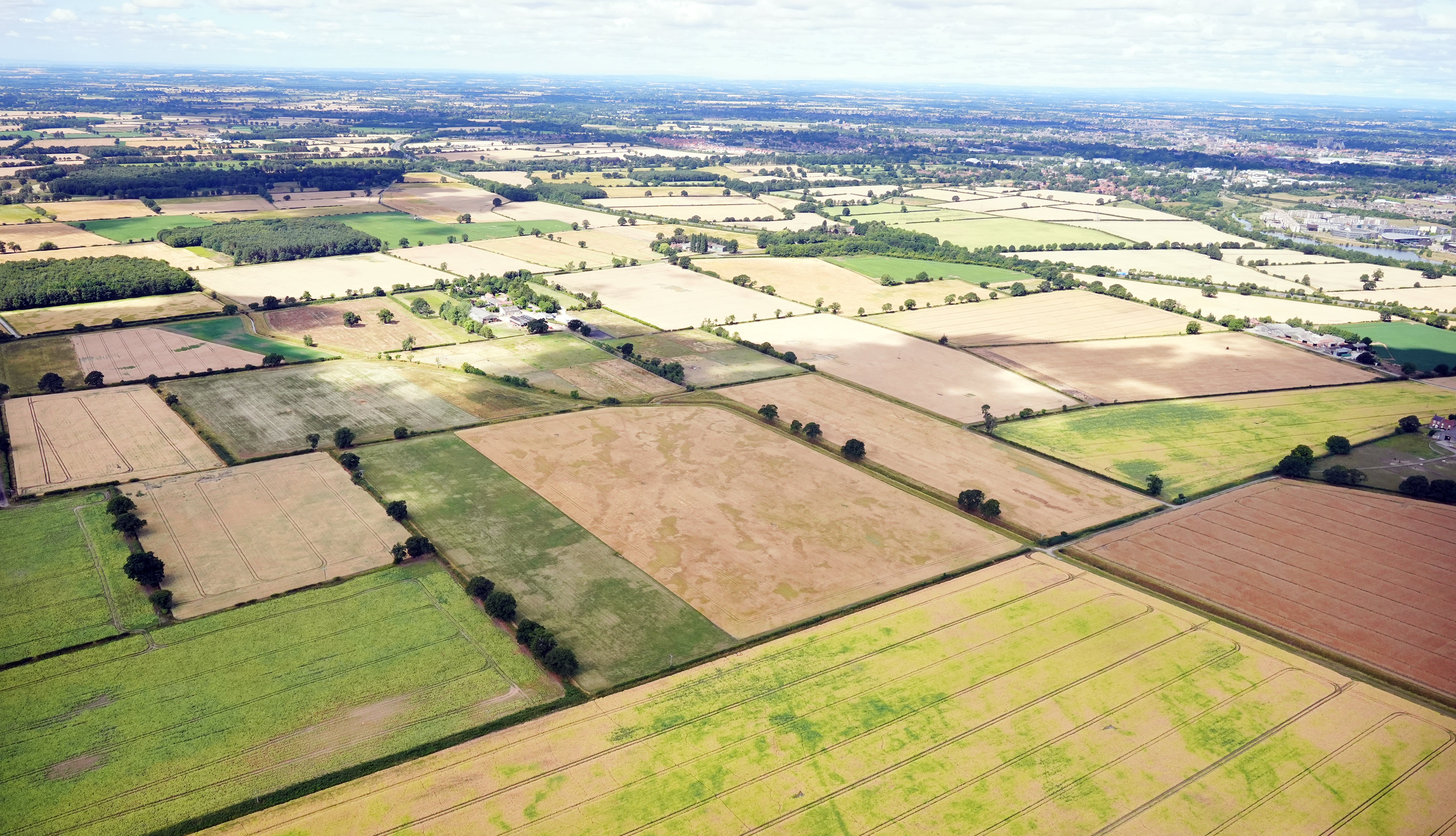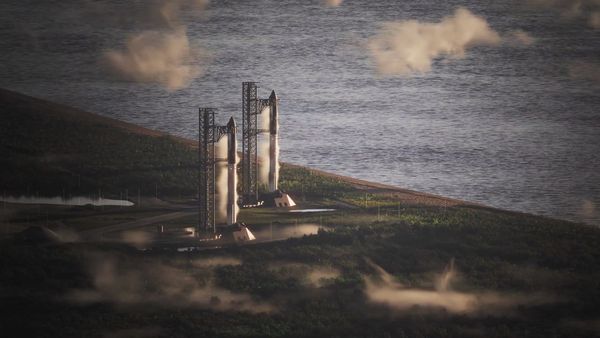England faces the prospect of widespread drought conditions by September, the Environment Agency has warned.
It said up to five additional regions could potentially be declared drought zones in the next few months, leading to more hosepipe bans.
This stark forecast comes as the National Drought Group, a coalition of sector leaders and officials, prepares to meet on Tuesday to discuss the escalating situation.
Currently, three areas – Cumbria and Lancashire, Yorkshire and Greater Manchester, and Merseyside and Cheshire – are already experiencing drought, with three water companies having already implemented hosepipe bans following one of the UK’s driest springs on record.

Under the Environment Agency’s "reasonable worst-case scenario," millions more people across the Midlands and central southern regions could face these restrictions this year.
The watchdog predicts that if England receives only 80 per cent of its long-term average rainfall alongside warm temperatures in the coming weeks, the total number of areas designated as "drought" status could reach eight by the end of summer.
This scenario would see the West Midlands, East Midlands, Thames Wessex, parts of the Solent and South Downs, parts of East Anglia, Lincolnshire, and Northamptonshire also entering drought conditions.
To prepare for and tackle the impacts, the Environment Agency said it has been working closely with water companies, which are following their drought plans to ensure supply, as well as the National Farmers’ Union and local authorities.
In a briefing to reporters on Monday, Richard Thompson, water resources deputy director of the watchdog, said: “We certainly expect more regions to enter drought status.
“We’ll be announcing that at the National Drought group tomorrow. That could extend further, depending under a reasonable worst case scenario.
“Obviously, if we were to get average rainfall or above, it might slow down the rate in which new parts of the country enter official drought status, but we do expect more.”
Mr Thompson said the watchdog is planning towards its reasonable worst case scenario but has also “stress tested” these preparations against some more extreme scenarios where hot and dry conditions could push even more areas into drought, and faster.
“We continue to respond to the current situation, but also to prepare for all eventualities,” he said.
It comes after Thames Water became the latest utility to announce a hosepipe ban, which will begin next Tuesday for customers in Oxfordshire, Gloucestershire, most of Wiltshire and some parts of Berkshire.
The water company said the measure will be brought in after the Environment Agency placed its area into the “prolonged dry weather category”.
The Environment Agency said it expects to see other companies follow with their own hosepipe bans as they stick to their drought plans, although this will also be dependent on the rainfall and temperatures in the coming weeks.
Scientists said the recent extreme conditions have been made more likely due to human-caused climate change, bringing wide-ranging impacts on farmers and the environment.

Stuart Sampson, drought manager at the Environment Agency, said the situation for farmers has been “deteriorating” with already low levels in irrigation reservoirs prompting concerns for the rest of the summer.
Some farmers have been reporting poor crop quality as well as lower yields on livestock, while fears are growing over the impact that conditions could have on winter feed.
Anger is growing among farmers in East Anglia, who face an abstraction ban preventing them from irrigating crops due to low river levels, while a hosepipe ban has not been put in place.
The Environment Agency said it has carried out fish rescues as the higher temperatures cause fish die-offs, as well as blue-green algae blooms in waterways, which can be harmful to ecosystems, pets and people using the water.
Meanwhile, canal and river trusts have reported restrictions and closures, caused by the low levels in reservoirs that supply the networks.
“These are in a worse position than in any other droughts over the past 20 years,” Mr Sampson said.
While the Environment Agency is planning for its reasonable worst case scenario, Will Lang, chief meteorologist at the Met Office said July is likely to see more changeable weather, with sporadic rainfall and some hot spells.
And for the longer-term outlook, Mr Lang said there is “no strong signal” for it being very dry or extremely wet.
“It could go either way, but the most likely situation is that we will have somewhere near average rainfall for the UK and also for England and Wales as a whole,” he said.
Asked how this year compares with the famous drought year of 1976 and the record temperatures of 2022, Mr Sampson said the Environment Agency is not expecting to see the same level of impact.
He said this is because the county is better prepared now than in 1976, which was also preceded by a dry winter and previous summer, unlike the weather seen in 2024.
Meanwhile, the extreme heat in 2022 brought on a “flash drought” that saw drought conditions occurring “really, really quickly”, he added.
On wildfires, Mr Thompson said the watchdog is aware reports have been increasing and is working closely with local authorities to ensure emergency services are ready to respond.
“We haven’t had any widespread reports so far,” he said, but added that the south and east of the country are more likely to see wildfires if more are to happen.
Drought declared in Midlands – and more hosepipe bans on the way
Hosepipe ban mapped: Which areas are affected – and where could face restrictions
No extra money to cover resident doctor strikes, NHS trust leaders warn
Paedophile blames Starmer for ‘damning’ teachers accused of historic abuse
Superinjunctions: Draconian gagging orders used to keep information secret
School apologises after girl, 12, punished for wearing Union Jack dress







